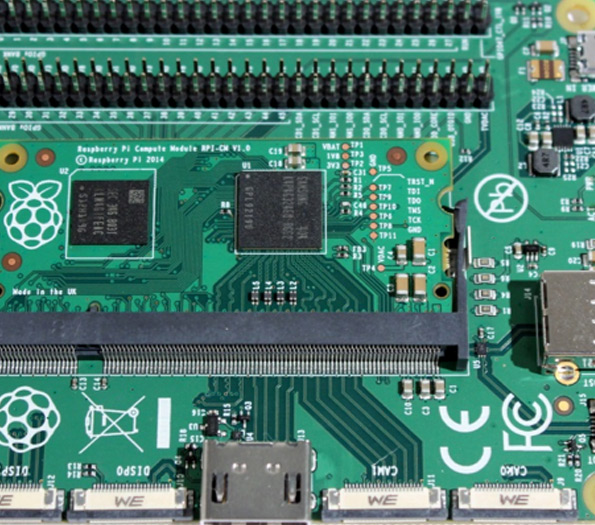

The Market Dynamics of 6mm Frosted Glass Price Insights and Trends
Frosted glass, particularly the 6mm variant, has become an increasingly popular choice in both residential and commercial applications. Known for its aesthetic appeal and functional advantages, this type of glass offers privacy without sacrificing natural light. However, like any specialized product, its price is influenced by various market dynamics. In this article, we will explore the factors affecting the price of 6mm frosted glass and the current market trends influencing its demand and supply.
Understanding 6mm Frosted Glass
Frosted glass is created by sandblasting or acid etching regular glass, resulting in a translucent finish. The 6mm thickness offers a balance between sturdiness and weight, making it ideal for a range of uses—from shower doors and room dividers to commercial windows and displays. The protective and decorative qualities of frosted glass have made it a favored choice amongst architects and interior designers.
Factors Influencing Price
1. Raw Material Costs The primary component of glass is silica sand, along with other minerals and additives. Fluctuations in the prices of raw materials directly impact the cost of production for glass manufacturers. For instance, if the cost of silica or soda ash increases due to supply chain disruptions or increased demand, the price of finished frosted glass products will likely rise as well.
2. Manufacturing Processes The method used to create frosted glass can also affect pricing. Sandblasting and acid etching techniques vary in cost, with some requiring more sophisticated equipment and labor. Additionally, the thickness of the glass, such as the 6mm option, requires specific manufacturing processes that can add to the overall expense.
3. Market Demand The demand for frosted glass products tends to rise in specific construction and design trends. For instance, during a boom in home renovations or commercial real estate development, increased demand may elevate prices. Conversely, during economic downturns, a drop in construction activities can lead to decreased demand and lower prices.

4. Customization and Finishing Options Custom frosted glass designs—such as patterns or etched logos—can significantly increase costs. Customers looking for bespoke designs will typically pay higher prices compared to standard offerings. This customization aspect allows manufacturers to cater to specific client needs, which further influences pricing strategies.
5. Geographical Factors Prices can also vary based on location. Regions with a higher cost of living or more stringent regulations on building materials may see inflated prices. Additionally, local market competition can drive prices down or up, depending on the number of suppliers available.
Current Market Trends
The post-pandemic world has seen a shift in consumer preferences, with an increased focus on home aesthetics and wellness environments. As more people invest in creating serene and private spaces at home, the demand for materials like 6mm frosted glass is on the rise. Moreover, businesses seeking to create inviting workspaces are also turning to this glass for conference rooms and office partitions.
Sustainability is another driving force in today’s market. Many manufacturers are now emphasizing eco-friendly production practices. The introduction of recyclable materials and energy-efficient production processes has appealed to environmentally conscious consumers, potentially influencing prices favorably for those brands.
Conclusion
As we look at the current landscape of 6mm frosted glass pricing, it is clear that multiple interrelated factors determine the cost structure. From the raw materials and manufacturing processes to market demand and customization options, prices can fluctuate based on various influences. Understanding these dynamics is essential not only for consumers seeking to purchase frosted glass but also for manufacturers aiming to navigate the competitive market landscape.
In the years to come, as trends evolve and new applications for frosted glass emerge, the pricing is likely to adapt accordingly. Keeping an eye on these trends will be instrumental for anyone involved in the glass industry, whether as a consumer, supplier, or manufacturer, ensuring they are well-prepared to make informed decisions in this dynamic market.